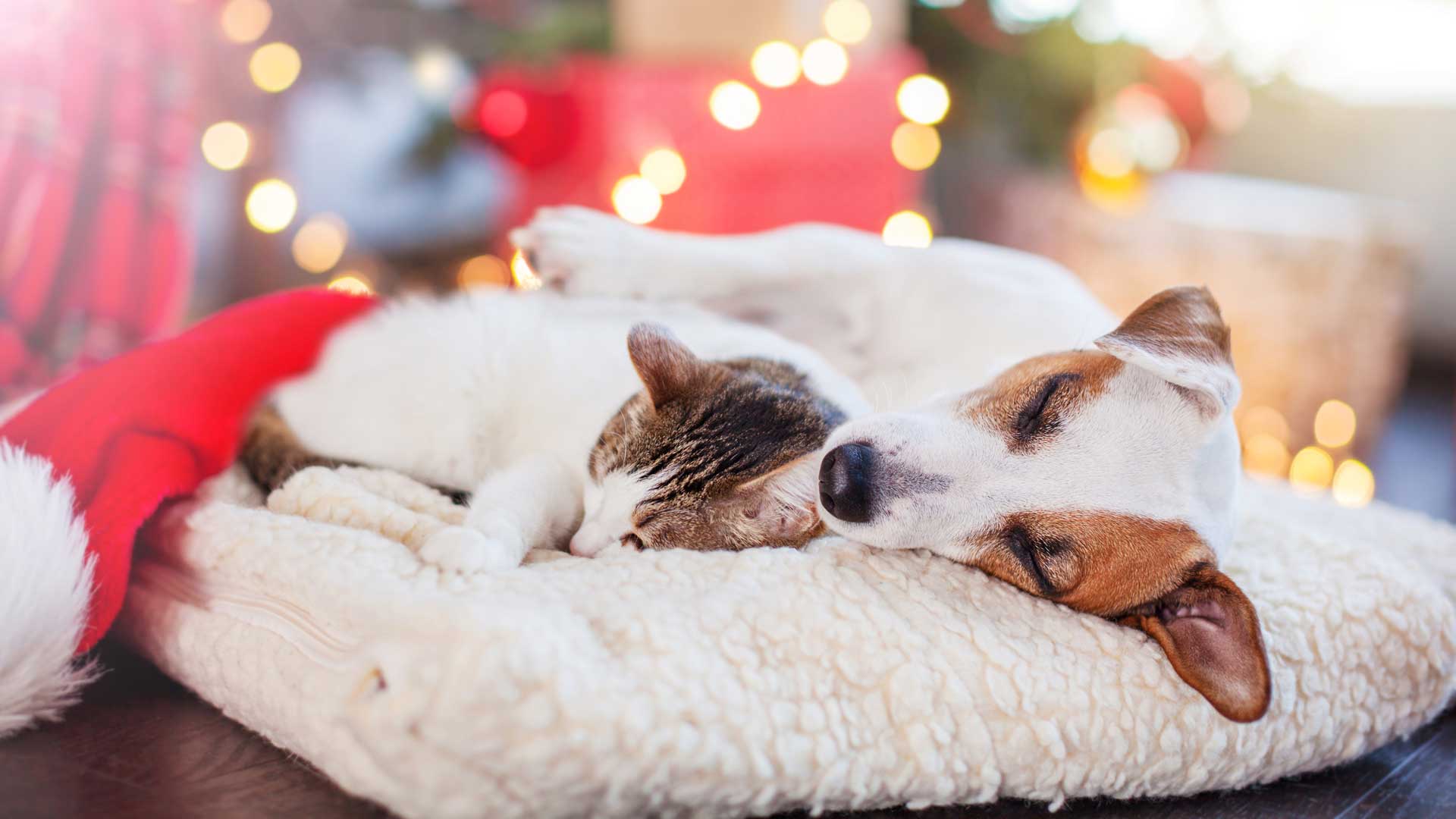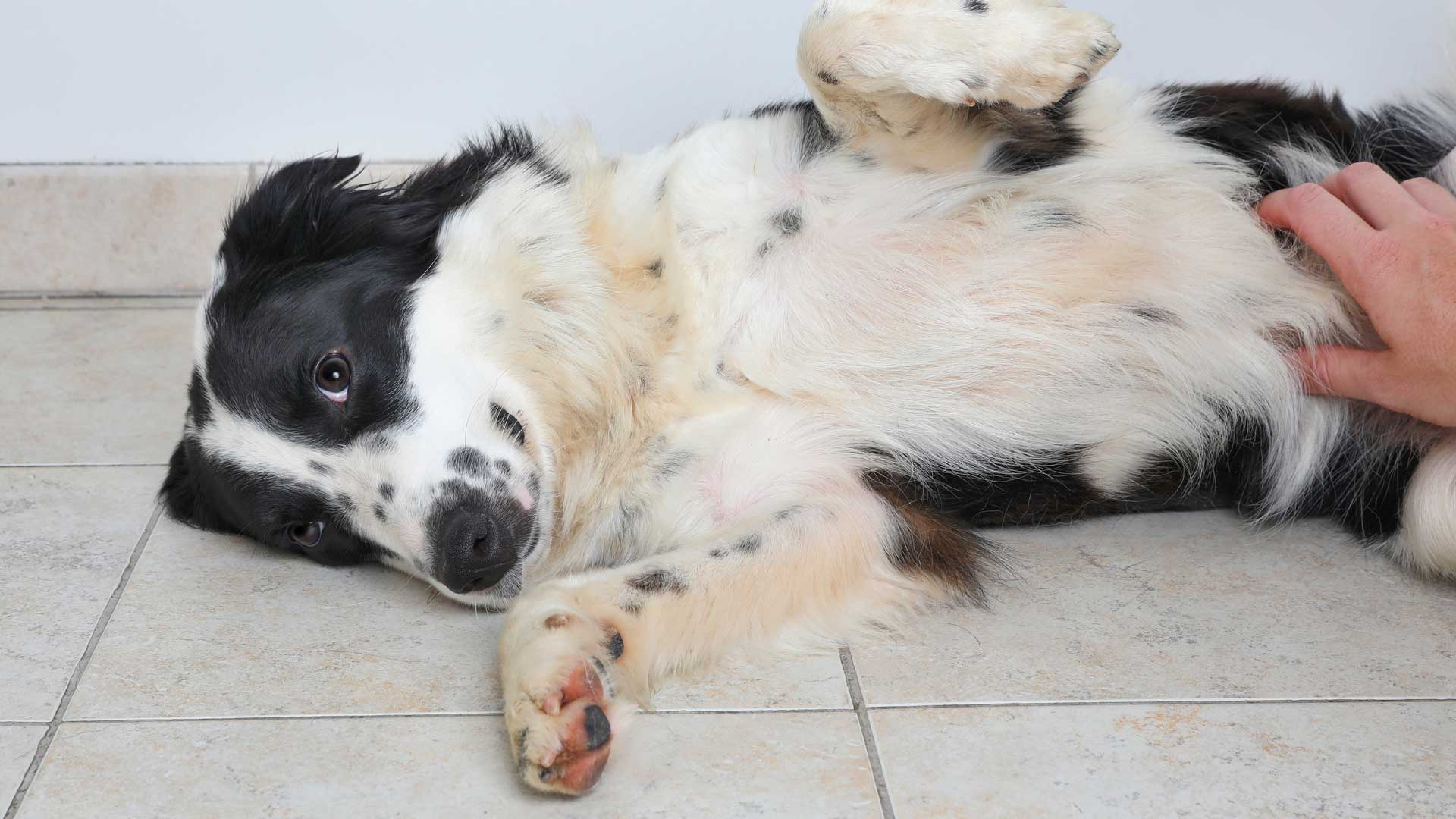how to give pets medication
Even if your pet isn’t totally against taking their meds – or you’re able to get a somewhat reluctant pet to at least consider swallowing their prescription pill, capsule, or liquid – it’s the swallowing itself that’s often a challenge.
Help pets take pills and capsules
- Ask before you crush. Don’t crush pills or open capsules unless your veterinary team says it’s OK. That includes “delayed release” and coated and long-acting medications. Crushing can cause unwanted side effects and/or cause the medication to not work or make the taste even worse.
- Use pet food as a delivery method. Most pills or capsules can be given with a small portion of canned pet food, soft dog treats, or a pill pocket (see more below). Place the pill into the center of a small, ball-size lump of the canned food and give it to your pet. Many pets will snarf it all up (success!). If your pet doesn’t trust you and takes these little meat balls apart before eating them – make 2-3 extra, and hide the pill in the last one you give... that way, your pet gets so excited about their “un-medicated” food – they snarf up the one with the pill.
- Special treats for special pets. If your pet is clever and spits out the pill from the wet food, try using a treat specially made for giving medications. Great example: Greenie’s® Pill Pockets®, which are a treat that have a built-in pouch ideal for hiding a pill, capsule, or liquid medication. The pouch masks the smell and taste of the medicine and is healthier than slipping the medication into human foods like cheese or tuna, for example.
- The old-fashioned, non-food method (give it a try):
- Tilt your pet’s head back. This will often cause your pet to open their mouth slightly. If your pet doesn’t open their mouth wide enough, gently pull the lower jaw down while holding the upper jaw in place with your other hand.
- Open your pet’s mouth wide enough to get the pill on the back of the tongue.
- Place the pill on the base of the tongue in the rear of the mouth and then quickly close your pet’s mouth, gently holding it shut. If you can’t get the pill to the back of the mouth, there are some tools that are designed to help with this. Ask your veterinary team for recommendations.
- Keep your pet’s mouth closed until they swallow. Also, if your pet licks their nose, that’s typically a sign of success.
- If your pet does not want to swallow, you can blow on their nose or massage their throat.
- Some medications can cause damage to the esophagus if they become stuck. To avoid this, feed your pet after giving the medication to help it go down. If the medication is supposed to be given on an empty stomach, you can give them some water to help prevent the medication from getting stuck.
Help pets take liquid meds
You can do it! Here’s how:
- Tilt your pet’s head back and place the dropper or syringe in the cheek pouch (at the rear of the lips). You’ll want to close your pet’s mouth after giving the medication and keep it closed until your pet swallows.
- If your pet doesn’t swallow the medication this way, place the tip of the syringe or dropper just inside of the back teeth. Tilting your pet’s head back while giving liquid medication is key to keeping the liquid from dripping out of the mouth.
- If you’re giving a larger amount, do it slowly to prevent choking.
- If they don’t want to swallow, you can try to blow on their nose or massage their throat.
If your pet starts to drool excessively, don’t panic. This is a response to both stress and to bad taste – and they might be dealing with both during this process. If these tips aren’t helping, speak with your veterinary team – they can find and demonstrate the technique that works best for your pet.
Follow instructions, and don’t be afraid to ask for help
With any pet medicine, follow the directions and don’t start your pet on any new medications unless a veterinarian tells you to. Give all of the medication as prescribed unless otherwise directed by your veterinary clinic to stop. Call your vet team if you have questions – and if you’ve got an Optimum Wellness Plan®, you can get general veterinary advice 24/7 using Vet Chat™.
 Mites and mange
Mites and mange Podcast - Not Just Fluff
Podcast - Not Just Fluff











